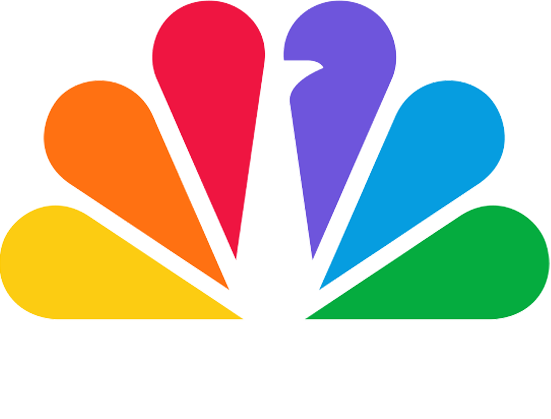WHEN: Today, Wednesday, May 4, 2022
WHERE: CNBC’s “Squawk Box”
Following is the unofficial transcript of a CNBC interview with Moderna CEO Stéphane Bancel on CNBC’s “Squawk Box” (M-F, 6AM-9AM ET) today, Wednesday, May 4th. Following is a link to video on CNBC.com:
All references must be sourced to CNBC.
MEG TIRRELL: Good morning Joe. That special guest is Stéphane Bancel joining us this morning. Stéphane, welcome and thanks for being with us, looked like a big beat on both the top and bottom line for you guys in the first quarter and you’re reiterating your COVID vaccine guidance for the year. Tell us about how you’re modeling you know what you’re gonna see from the pandemic and vaccine orders as we are you’re starting to see cases rise now and you guys are saying you expect orders to be bigger in the second half of the year.
STEPHANE BANCEL: Yes. Good morning Meg and thank you for invitation. So indeed, you know, we had a strong financial performance in Q1, you know, we increased sales by 3X. We increased net income by 3X. We bought back share, we generated cash so the team did a great job. As we look forward, as we’ve been saying now for a while as we move into endemic, we will expect the second half of the year to be stronger than the first half of the year because as we as we know with flu, it is when you want to run in the northern hemisphere in vaccination campaigns. And so, as we’re talking to governments and getting ready with them with our Omicron containing the virulent COVID booster which we expect to get approval in late summer for for vaccination. There’s a very strong interest as we see, you know, the virus is mutating to become more and more infectious. As you know, from a genetic standpoint, it only mutates to be more infectious and there’s waning immunity and so as you look at those two things together and you try to project yourself into the fall, it’s going to be very important to boost people in the fall with a better adapted vaccine, which is what we’re working towards. So, so that’s what we are reiterating the $21 billion signed APAs for this year. And of course, as you know, this still does not include any contract with the US government.
TIRRELL: Right, the funding argument goes on in Congress. I’m thinking about the fall though Stéphane. You know, you recently had some results on a bivalent vaccine, which was more sort of proof of concept because it didn’t include Omicron and we understand you are working on a combination of Omicron and the original strain, which could be what gets selected for fall. It sounded like you said you expected that to be approved in late summer. The FDA is getting together in late June to discuss what strain should go into the fall vaccine. What if they say it should be BA.2 or BA.2.12.1 or one of these sub variants of Omicron? Could you pivot that quickly, or do you believe it will be Omicron and that will work well.
BANCEL: So if we follow the science and I think the product that you talk about the clinical data on the type plus the beta variants which showed no superiority even against Omicron compared to the type vaccine that is currently available. This makes us believe that the Omicron containing the bivalent product will provide strong protection against, you know, whatever variants is is out there. It is true that if the FDA chooses to pick a new strain at the end of June, if you look at the timelines, I don’t think any manufacturer will be able to be ready in August to fill that channel with product because that only leaves you with July to basically make products in the tens of millions of doses. So we believe in the science that the Omicron containing bivalent booster will end up being the right choice and provide the only clinical data that we will have or any company will have to provide protection for the fall.
ANDREW ROSS SORKIN: Hey Stéphane, in terms of people taking this vaccine in the fall, what what’s your expectation given all the politics around this, given everybody’s sense of being frankly tired unfortunately or fortunately with with COVID, what percent of this country you think actually will get this booster in the fall and what does that mean more broadly?
BANCEL: Yeah, that’s a great question. And so let’s talk about the US and then let’s talk about the rest of the world because as you know, the US is actually a small portion of our revenues compared to the rest of the world. So indeed, in the US, you know, there was not a big uptick of a third dose last fall, as you know, and the fourth dose does not have a big uptick. What I really hope Andrew for people’s health is that people that are high risk, you know, 50 plus, 18 plus with comorbidity factors, healthcare worker and so on, that those people will want to get protected and that people that, you know, follow the news and are educated also realize that there is waning immunity and that if they don’t want to get sick, if they want to have a normal life that, you know, they need to get a booster in the fall. They can just walk to their CVS, or their Walgreens and get that such a booster so I’m hoping that people will basically do what they have been doing for decades regarding flu.
TIRRELL: Well Stéphane, I want to ask you also about a group that hasn’t had access to the vaccine yet, kids under the age of five. We know you’ve submitted your application to the FDA for two doses and the FDA has tentatively set review dates in June. You said here in your release, you’ve submitted data for basically going up to age 18 in different packages and you say these submissions will be completed in about two weeks with the submission of the statistical packages. So what can you tell us about your expected timing of when this could potentially be available, and if you expect the FDA is going to sort of review at all the age groups under 18 at the same time or focus on the group that doesn’t have a vaccine yet?
BANCEL: Yeah so our current understanding and I want to be careful Meg because I don’t decide what the FDA leadership decides, is that they will review all of the data of all the age group and as you know, we have set up dates for VRBPAC meeting the advisory board in June. So we are working toward a June launch now given the timeline that the regulators have set.
TIRRELL: Got it and I also want to ask you about your just ginormous cash pile, $19.3 billion in cash equivalents and short-term investments. What are you going to do with all that money? I mean, when can we expect some big M&A from Moderna?
BANCEL: So as you know, our first priority is to grow the business. You know, we have this unique position to have a platform. As you know, most pharma companies and biotech companies struggle with product expiry and what comes next. Well, we have a platform and so what I think we announced this morning is our flu program to be in Phase 3 in a few weeks. So if you look at it, the company has now four Phase 3 programs, you know, the Omicron containing bivalent COVID booster, the flu booster, the RSV booster and the CMV prime series. That’s four Phase 3 and that’s going to require of course a lot of capital. We also, as you know, are working hard to use the money outside of infectious disease vaccine and I’m really excited that this year, we’re going to have data in patients for rare genetic disease and also for personalized cancer vaccine. And so if you think about the number of programs that we could accelerate if we have good positive without in rare genetic diseases, it’s actually quite large and so that’s priority number one. Priority number two, as you said, is is licensing M&A. As you know, we’ve done two licensing deals in the last few months. I can tell you our business development team is very, very busy looking at situations both in the US versus outside the US. Licensing, potential M&As and then is share buyback. As you know, we have done the first $1 billion buyback in August, we’ve announced a new $3 billion one. We have reduced share count in Q4. We have again reduced share count in Q1. So we believe in this platform and so we believe that reducing share count in the mid to long term is going to create a lot of value for our shareholders.
TIRRELL: Alright, Stéphane Bancel, thanks so much for being with us this morning.
BANCEL: Thank you.

